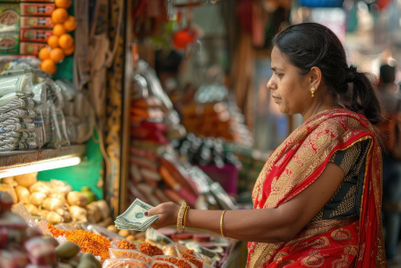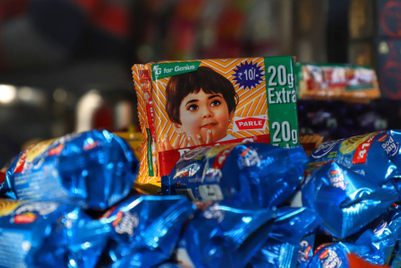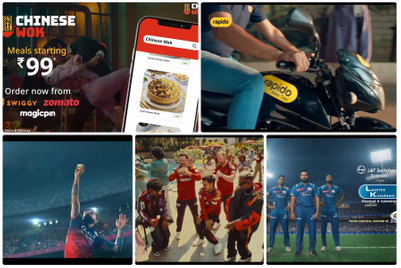Intense competition is throwing up more losers in the fast moving consumer goods (FMCG) space in India.
According to a report by industry body, CII and consultancy, Bain & Company on India’s FMCG sector, only one in seven brands was a winner currently, showing a decline in success rate. During last year’s study, one in five brands came up as winners. This finding signified an increased competitive intensity.
To dig deeper into the factors influencing overall FMCG growth, Bain & Company partnered with Kantar Worldpanel to study the shopping habits of nearly 81,000 urban and rural Indian households across 22 categories in food, beverages and home and personal care, and analyzed the performance of over 200 brands.
Significantly, while market leaders in 19 out of 22 categories maintained their leadership position during 2014 to 2016, about 50 percent lost market share, showing that it was getting tougher and tougher to hold on to the share of customer spends.
Only 40 percent of the winners from last year’s study were winners this year, indicating that winning keeps getting harder. “Consistent with our findings in China, Indonesia, US and UK, brand winners in India also experience high consumer churn, but are able to win by constantly driving penetration. This increase in penetration also spurs higher frequency of purchases, increasing the likelihood of a brand becoming part of a consumer’s repertoire,” said Mahima Chugh, principal, Bain and Company.
These winning brands existed in many categories—from fragmented to consolidated, local to foreign dominated and high to low growth. Also, there were some smaller brands snapping at the heels of current leaders, aggressively growing volumes through penetration gains.
Describing attributes of winning brands, the report said they launch fewer, more successful new products. “Brand winners create and drive hero SKUs to grow, thereby simplifying the rest of the product portfolio while maintaining or improving share of shelf. They rely on deep insights about consumer repertoires based on actual behavior to guide innovations to break penetration barriers and launch products that reach a larger number of shoppers” the report said.
The report highlighted that building these assets was not a one-time activity and required continuous investment, especially as the industry becomes more competitive. “Penetration is the key to driving volume growth. Successful companies have done so by focusing on three core brand assets – creating memorable brands, ensuring shopper visibility and range productivity,” said Nikhil Prasad Ojha, partner, Bain and Company.
Importantly, after a slowdown for three years, the FMCG industry is witnessing green shoots – with the growth rate accelerating in 2016 over the previous two years. The growth has been broad-based, with 18 out of 22 categories recording an uptick, driven by the rural markets. Across these 22 categories, volume growth was driven by underlying penetration gains. Significantly, even highly penetrated categories, such as toothpaste and hair oil—both with over 95 percent penetration—recorded material penetration gains.
Food emerged as the fastest growing segment, with larger towns and more affluent consumers driving this growth. On the other hand, home care and personal care growth was driven by less affluent consumers residing in small towns and rural areas, the report noted.
Bharat Puri, chairman, CII national committee on FMCG, said, “It's heartening to note that FMCG, a bellwether for Indian corporations, has now shown green shoots. As the report suggests, focused intent and action over the next two to three years can reignite growth and lead to an increase of over 15 per cent.”
The report also highlights that the FMCG industry’s growth rate versus the GDP has fallen to 0.8, from a historical ratio of 1.2. “This slowdown is perplexing; it cannot be fully explained either by changes in consumer spending power—which have only marginally decelerated in growth—or any significant shifts to non-FMCG categories, including the rise of e-tailing. During this period, FMCG companies scaled back growth-oriented investments, and shifted focus to sustaining profits—all at the cost of the top line,” the report said.




.jpg&h=334&w=500&q=100&v=20250320&c=1)

.jpg&h=334&w=500&q=100&v=20250320&c=1)


.jpg&h=334&w=500&q=100&v=20250320&c=1)


.jpg&h=334&w=500&q=100&v=20250320&c=1)



.jpg&h=268&w=401&q=100&v=20250320&c=1)





